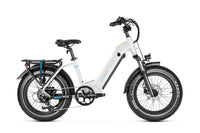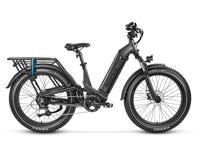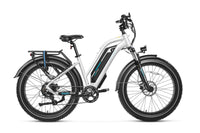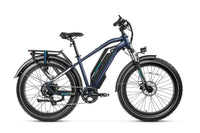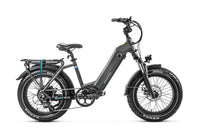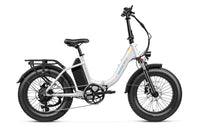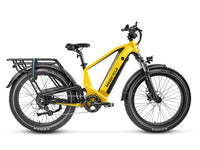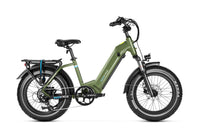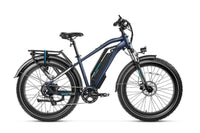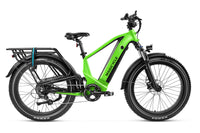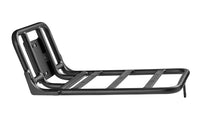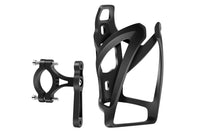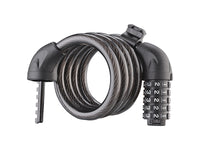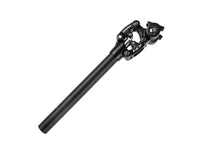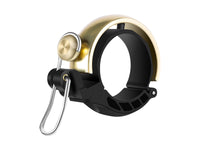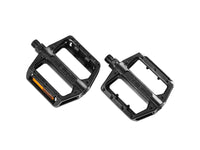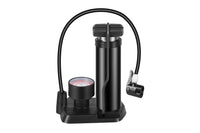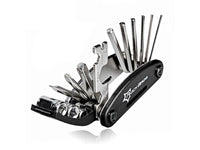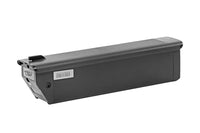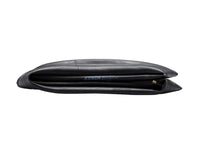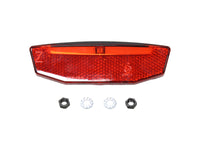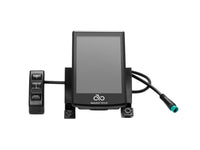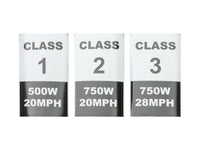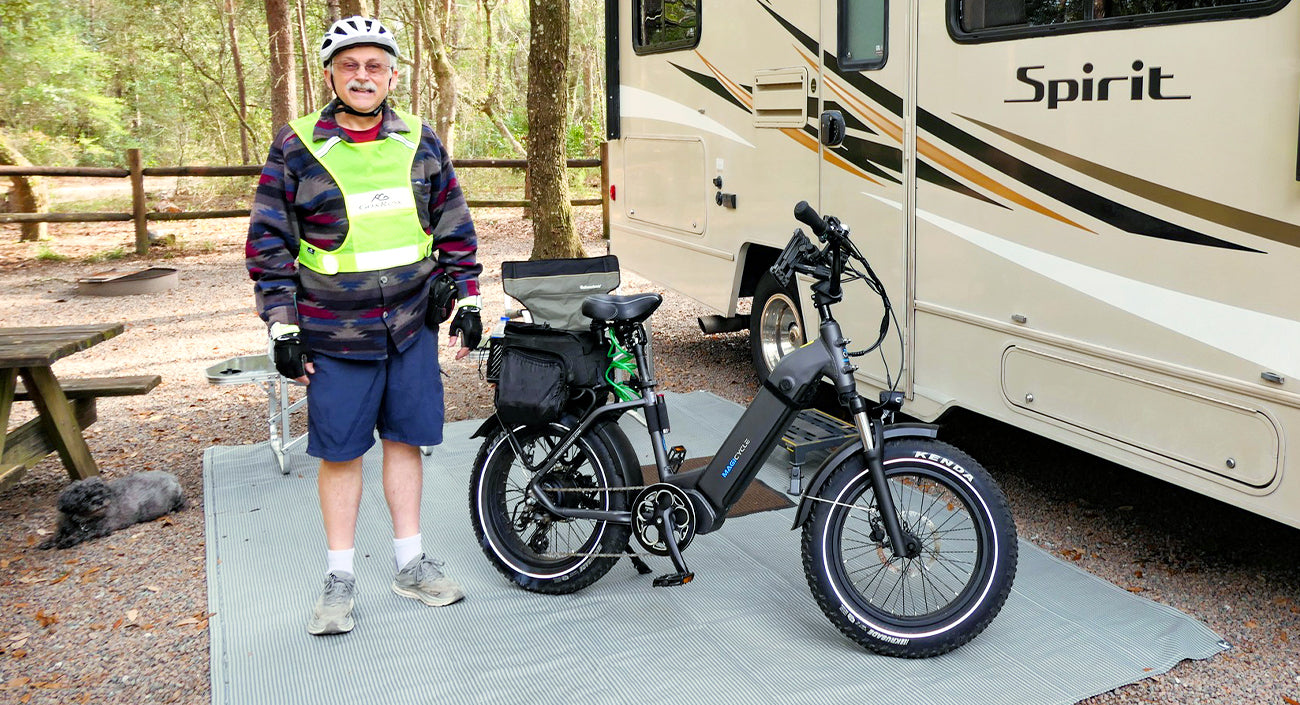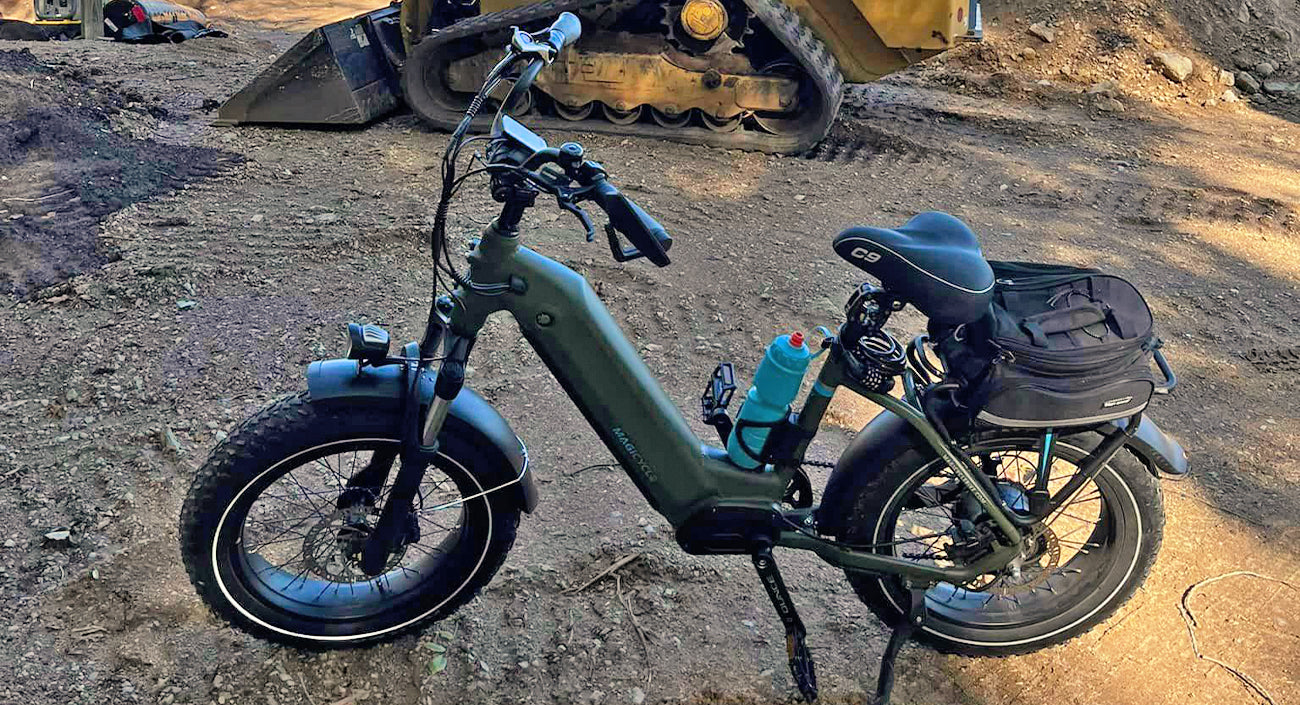 October 28,2023
October 28,2023
 October 28,2023
October 28,2023
As ebike owners seek to enhance the performance and range of their rides, many of them often ask the question, "Can I run a 52V ebike battery on a 48V ebike?" In this comprehensive guide, we will walk you through the intricacies of voltage compatibility, exploring the possibilities and considerations for those looking to elevate their electric biking experience.
1. Understanding Voltage Basics
Voltage serves as a critical factor in determining the power output and speed of an electric bike for adults. The voltage of an ebike battery essentially represents the force pushing electrons through the motor, influencing the overall performance. While a 48V system is standard, some riders contemplate upgrading to a 52V battery for potential improvements.
2. Compatibility Concerns
Running a 52V ebike battery on a 48V ebike involves a mismatch in voltage, raising compatibility concerns. Ebike systems are designed with specific voltage parameters to ensure optimal performance and safety. While some ebike components may tolerate a slight increase in voltage, exceeding the recommended limits can lead to potential issues.
3. Potential Benefits of Upgrading to 52V
Despite compatibility concerns, riders often contemplate upgrading to a 52V ebike battery for potential benefits. A higher voltage can translate to increased speed, improved torque, and enhanced overall performance. However, the decision to upgrade should be approached with caution, considering the implications on the existing ebike system.
4. Assessing the Ebike System
Before making any modifications, assess the compatibility of your ebike system. Check the specifications of the motor, controller, and other components to ensure they can handle the increased voltage. It's advisable to consult the manufacturer's guidelines and seek professional advice to avoid potential damage.
5. Consult Manufacturer Guidelines
Manufacturers provide specific guidelines for their ebike systems, including recommended voltage limits. Consult the manufacturer's documentation to understand the permissible voltage range for your ebike. Deviating from these guidelines may void warranties and compromise safety.
6. Professional Installation Considerations
If you decide to upgrade to a 52V ebike battery, consider professional installation. Certified technicians can assess the compatibility of your ebike system, make necessary adjustments, and ensure seamless integration. Professional installation minimizes the risk of damage and enhances the overall safety of the upgrade.
7. Risk Factors and Warranty Implications
Running a 52V ebike battery on a 48V ebike involves inherent risks, including potential damage to components and voiding warranties. Manufacturers design ebike systems based on specific voltage parameters, and deviating from these parameters may lead to unforeseen issues.
Conclusion
In conclusion, the question of whether you can run a 52V ebike battery on a 48V ebike involves a delicate balance between potential benefits and inherent risks. While a higher voltage can unlock performance improvements, it's crucial to approach the decision with caution, considering compatibility, professional installation, and warranty implications. Before making any modifications, consult with experts, adhere to manufacturer guidelines, and ensure that the voltage upgrade aligns with the capabilities of your ebike system. Striking the right voltage balance is key to a safe and exhilarating biking experience.
